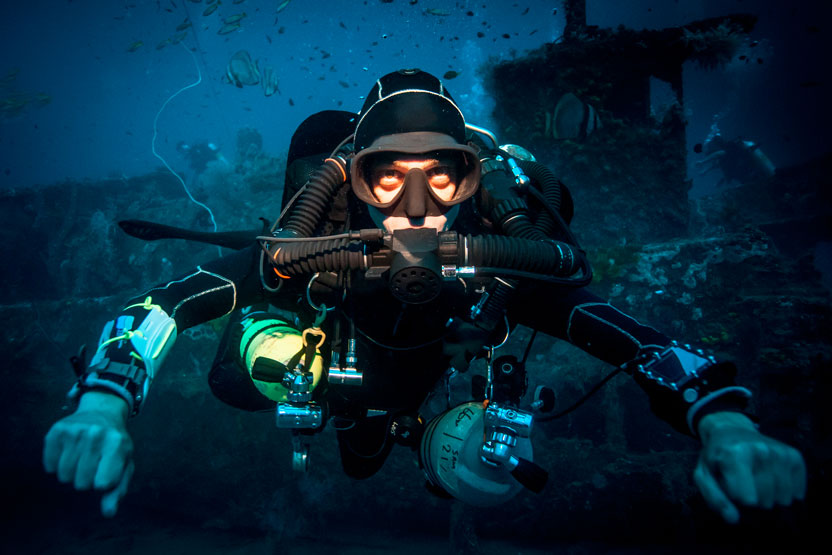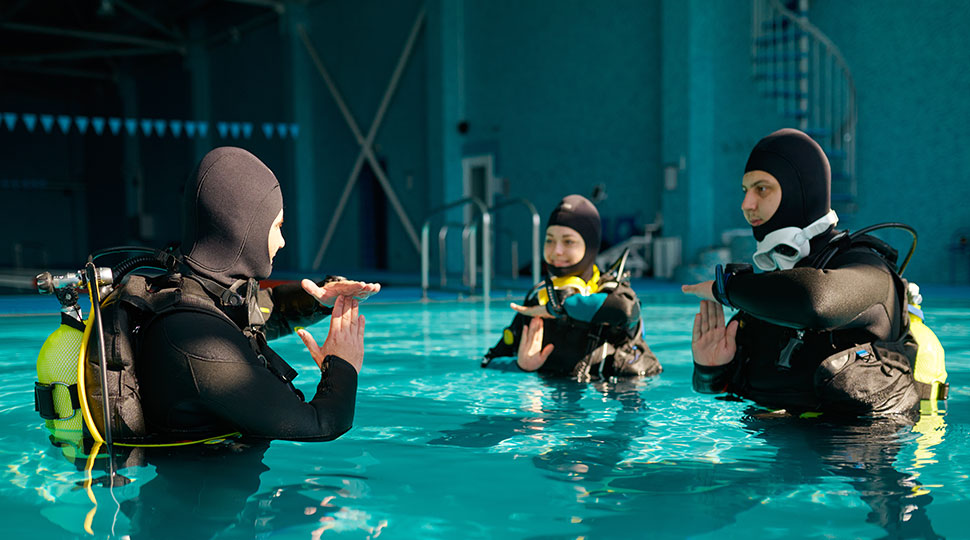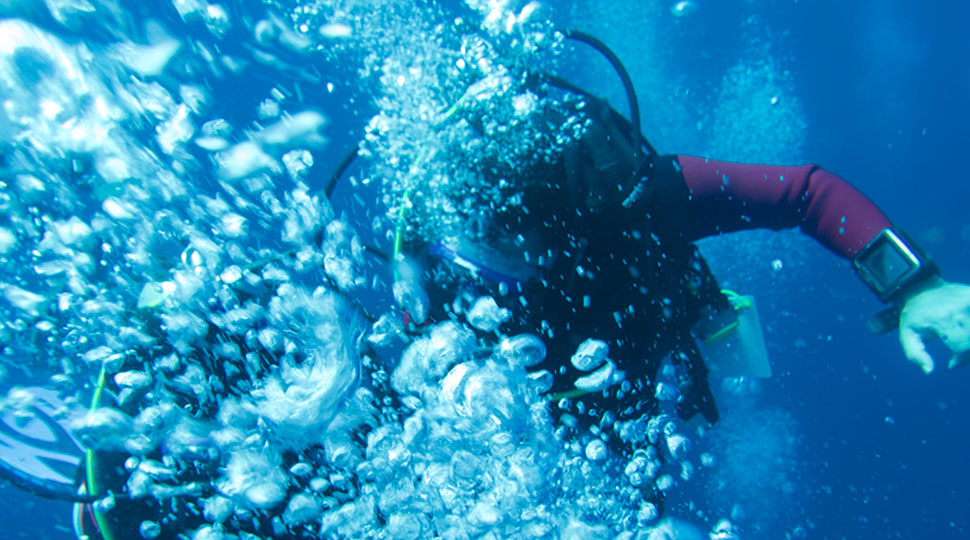Deep diving is an exhilarating experience that requires a deep understanding of the unique challenges involved in exploring the abyss. As you descend into the depths, the pressure increases, and the darkness can be overwhelming. But for those who are passionate about deep diving, the rewards are well worth the risks.
For many divers, there is something special about exploring the unknown reaches of our oceans. The thrill of discovery, the sense of adventure, and the opportunity to push oneself to new depths make deep diving a truly unique experience.
However, this type of diving also presents a range of technical and safety considerations that set it apart from shallower dives.
Managing Gases: A Critical Component of Deep Diving
Proper gas management is crucial when deep diving, as it can make all the difference between a successful and a disastrous dive. When planning your dive, you’ll need to carefully consider the type of gases you’ll use, the pressure at which they’ll be stored, and how you’ll manage them throughout the dive.
The key to successful gas management is careful planning and attention to detail. You should consider factors such as the depth of your dive, the temperature of the water, and the length of time you’ll be underwater when selecting your gases. It’s also essential to ensure that your equipment is properly maintained and serviced before each dive.
One of the biggest mistakes that new deep divers make is failing to properly plan their gas management strategy. This can lead to a range of problems, from running out of air too quickly to experiencing decompression sickness due to inadequate gas blending. By taking the time to carefully plan your gas management, you’ll be able to avoid these common pitfalls and enjoy a much safer and more successful dive.
It’s also essential to stay flexible and adapt to changing circumstances during your dive. This may involve adjusting your depth or air supply to ensure that you have enough gas to complete your dive safely.
By staying focused and attentive throughout your dive, you’ll be able to manage your gases effectively and enjoy a successful and rewarding experience.
Avoiding Nitrogen Narcosis: A Silent Killer in the Depths
Nitrogen narcosis is a serious concern for deep divers, as it can strike even the most experienced individuals without warning. This phenomenon, also known as “rapture of the deep,” occurs when high levels of nitrogen in your breathing gas cause an euphoric or intoxicated-like state, which can be both disorienting and dangerous.
Deep Diving Techniques require a keen understanding of this silent killer to ensure a safe and successful dive.
As you descend into the depths, it’s essential to monitor yourself for signs of nitrogen narcosis. The symptoms can be subtle at first, but they can quickly escalate if left unchecked. You may experience dizziness, confusion, or difficulty controlling your buoyancy, which can be catastrophic if not addressed promptly.
In extreme cases, nitrogen narcosis can even cause loss of consciousness or death.
Preparing for Emergencies in Deep Diving
When it comes to emergency procedures in deep diving, preparation is key.
This means not only knowing what to do in the event of an emergency but also being prepared to respond quickly and effectively. By staying focused and alert throughout your dive, you can minimize the risks associated with deep diving and ensure a successful outcome.
Some common emergencies that may arise during a deep dive include out-of-air situations, equipment failures, and decompression sickness. In each of these cases, it’s essential to remain calm and follow established procedures for dealing with the emergency. This requires a deep understanding of your equipment, your surroundings, and the specific challenges involved in deep diving.
To prepare for emergencies, it’s crucial to stay informed about potential hazards and take steps to mitigate them.
This may involve conducting regular safety checks on your equipment, monitoring your dive plan closely, and being aware of changes in your environment that could impact your dive.
Safety Considerations: The Key to a Successful Deep Dive
When it comes to deep diving, safety considerations are paramount. The abyss can be unforgiving, and even the most experienced divers can fall victim to its dangers if they don’t take necessary precautions.
As you prepare for your dive, it’s essential to consider the potential hazards that lie ahead, from powerful currents to underwater formations that can pose a risk to your safety.
Staying Safe in the Abyss
To stay safe while deep diving, it’s crucial to carefully plan your dive, taking into account factors such as the depth of the water, the type of terrain you’ll be encountering, and the weather conditions. A well-planned dive is essential for minimizing risks and ensuring a successful outcome.

Choosing the Right Equipment
The right equipment can make all the difference in a deep dive. When selecting your gear, look for high-quality equipment that has been properly maintained and serviced. Your equipment should also be suitable for the type of dive you’re planning to undertake, whether it’s a technical dive or a recreational one.
Prioritizing Caution Over Curiosity
As you descend into the depths, it’s essential to prioritize caution over curiosity. Avoid taking unnecessary risks, such as straying from your planned route or exceeding your depth limits.
By staying focused and alert, you’ll be able to minimize the risks associated with deep diving and enjoy a safer and more successful experience.
Minimizing Risks
By taking these precautions, you can significantly minimize the risks associated with deep diving. Remember, safety should always be your top priority when exploring the abyss. By prioritizing caution and staying focused on your dive plan, you’ll be able to enjoy a safe and successful experience that will leave you in awe of the underwater world.
The Safety Stop
Deep diving is an exciting and challenging activity that requires careful planning, precise execution, and a deep understanding of the unique challenges involved in exploring the abyss.
By mastering the techniques and safety considerations outlined above, you’ll be well on your way to enjoying a safe and successful deep dive.








